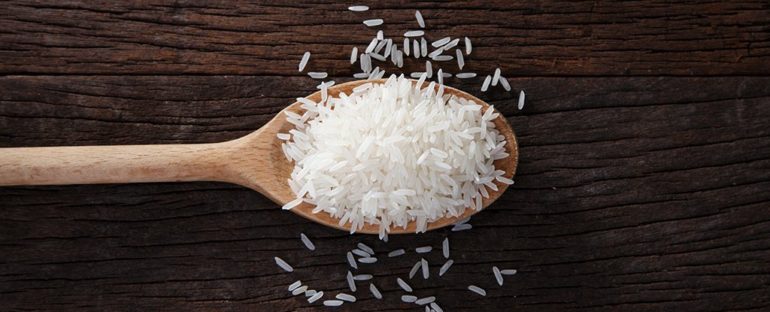Cholera accounts for tens of thousands of deaths worldwide each year, and can kill in a matter of hours after infection – but a new vaccine derived from specially grown rice offers a promising way of bringing that figure down.
While oral cholera vaccines are already available, this would be the first that didn’t require refrigeration. It’s also affordable and relatively straightforward to produce, with rice grains made into a powder that needs to be mixed with liquid to be taken.
Having previously shown efficacy in animals, the MucoRice-CTB vaccine has now successfully passed phase 1 trials in humans, with a good immune response and no obvious side effects recorded in 30 trial volunteers.
“I’m very optimistic for the future of our MucoRice-CTB vaccine, especially because of the dose escalation results,” says immunologist Hiroshi Kiyono, from the University of Tokyo in Japan.
“Participants responded to the vaccine at the low, medium and high doses, with the largest immune response at the highest dose.”
Four doses of differing sizes were administered to the volunteers over the course of eight weeks, with another 30 participants given placebo doses instead. Those who responded to the vaccine produced IgA and IgG antibodies specific to cholera toxin B (CTB).
The vaccine is based on genetically modified Japanese short-grain rice plants, grown in a protected, indoor hydroponic farm. The plants produce a non-toxic portion of CTB that the immune system can spot and respond to, with the resulting rice ground into a powder and sealed in aluminum packets for storage.
In these tests the ground rice was mixed with a salt solution to be ingested, but water should be just as effective, the researchers say. The vaccine then enters the body through the intestinal mucosal membranes in much the same way that germs would, triggering a response.
“The rice protein bodies behave like a natural capsule to deliver the antigen to the gut immune system,” says Kiyono.
Although the results were promising for many of the study participants, with follow-ups carried out up to 16 weeks afterwards, 11 out of the 30 people who took the vaccine showed a low immune response or no response at all.
The researchers think that this might be because different types of microbes in the gut have a different type of response to CTB. The link between the gut microbiome and immunity is well established, but the details aren’t very clear at this point.
Larger and more varied trials – here all the volunteers were healthy Japanese men – should reveal more about these discrepancies and any potential limitations, but these early results are encouraging.
It has previously been suggested that variations in gut bacteria can limit vaccine effectiveness in developing countries, possibly because of the effects of poor sanitation on the digestive system, and that will be something to look out for here – and indeed in other vaccines.
“It’s all speculation right now, but maybe higher microflora diversity creates a better situation for strong immune response against the oral vaccine,” says Kiyono.
“Probably for every vaccination right now, even injected vaccines, we should think of the immune status of the individual based on the condition of their microflora.”
The research has been published in The Lancet Microbe.



